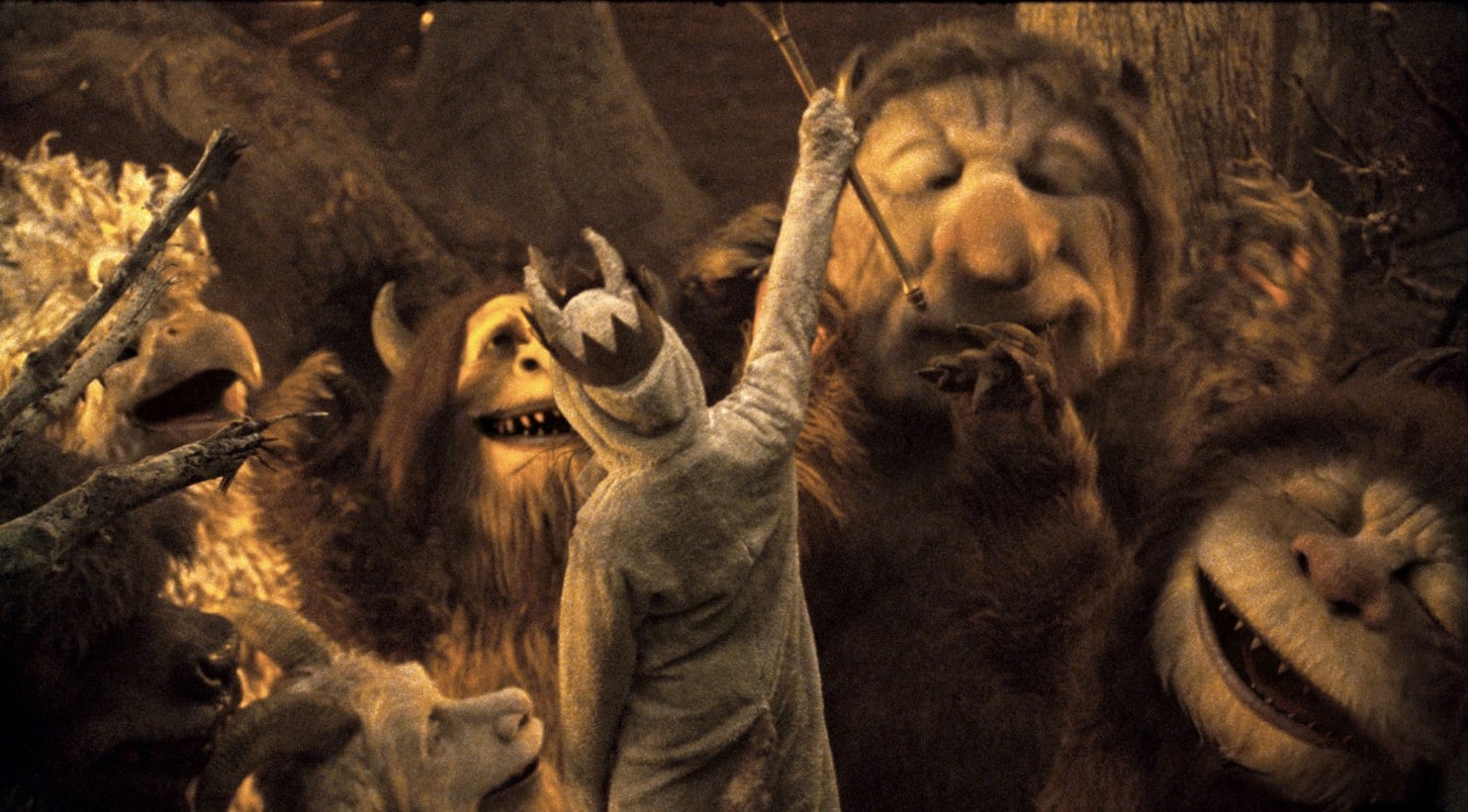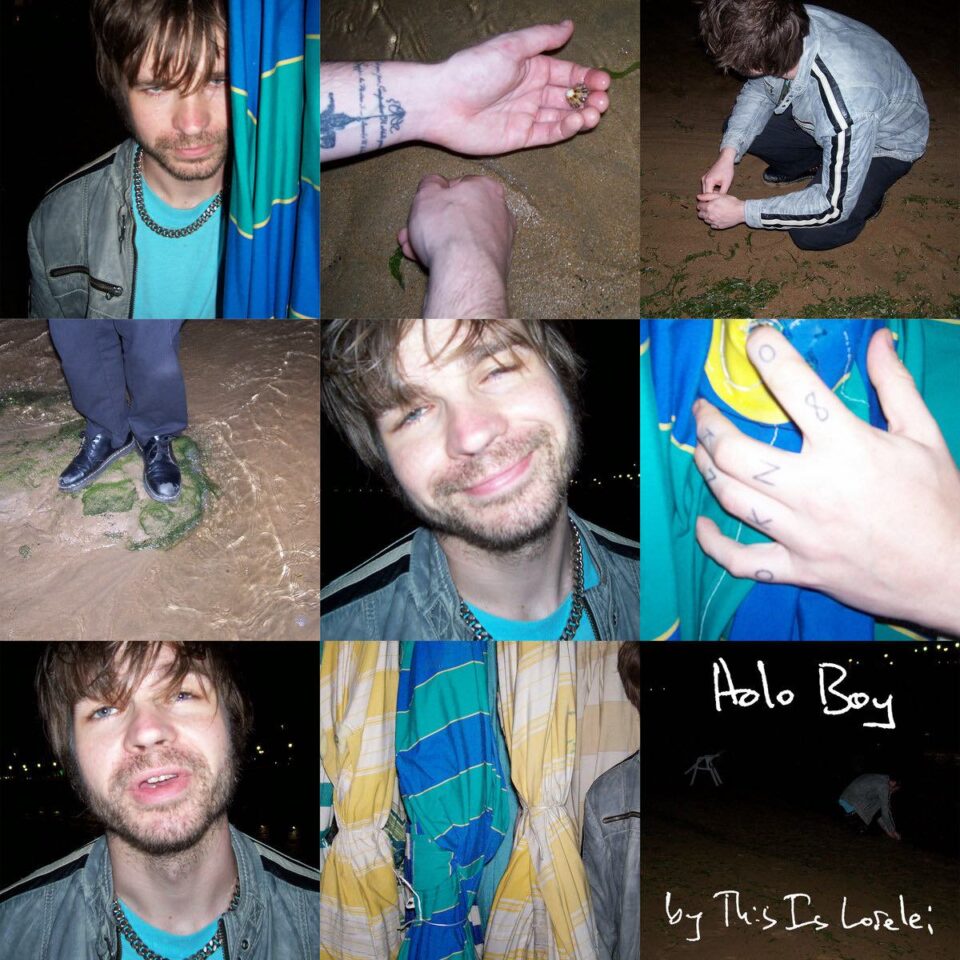Welcome to Rearview Mirror, a monthly movie column in which I re-view and then re-review a movie I have already seen under the new (and improved?) critical lens of 2019. I’m so happy you’re here.
The end of the aughts was a big time for twee. Offbeat comedies like Napoleon Dynamite (2004) and Little Miss Sunshine (2006) gave rise to quirky indies like Juno (2007) and Nick and Norah’s Infinite Playlist (2008), both of which starred Michael Cera, perhaps the prototypical Internet Boyfriend. By 2009 we’d reached Peak Twee with 500 Days of Summer (which actually holds up so well that I don’t feel any need to write about it); Zooey Deschanel and her big eyes and blunt bangs were nearly as omnipresent as ukulele music.
On television, audiences were falling for the saccharine and stylized cult hit Pushing Daisies; on the radio, Taylor Swift was still using an iffy Southern accent. Facebook was basically the end-all-be-all of social media, and the hot blogging platform was Tumblr. A year later, Instagram would launch, different from Facebook primarily because its pictures were square and filtered—but the forces of hipsterism could not be stopped. With Obama in the White House, it was a great time to be a liberal artsy white person, and so we come to 2009’s Where the Wild Things Are.
But first, a bit about who I was in 2009. I was in high school, in San Francisco, where ripped tights were the height of chic and we were already deep into using disposable cameras to document our house parties. My two favorite movies at the time were Sofia Coppola’s Marie Antoinette and Mean Girls. That year, I applied for my first “real job,” at Urban Outfitters, and lied on the application. I said I was into musicians like Kate Nash and Rilo Kiley when in reality I listened almost exclusively to Wicked, Hairspray, and Spring Awakening. I was fluent in the language of Cool, but it would never be my mother tongue.
I tell you all this to illustrate that unlike the other movies in this column, the question of Where the Wild Things Are isn’t social or political or even artistic but rather aesthetic. It represented, at the time, a whole style that I would either “get” or not. And I failed that test miserably. I saw the movie in theaters and felt, to quote A Chorus Line, nothing. I had no particular connection to Maurice Sendak’s book—more of an In the Night Kitchen kid—but I believed then (as I do now) that if a movie’s only purpose is to exist alongside a book, there’s no point in making it. Just read the book again.
I had been expecting either more humor or more heart. I thought it was for kids? But the plot was thin and the highly touted Karen O soundtrack was less music and more…sounds. On the cover of the book, the Wild Rumpus looks like a fun dance party, but there’s no dancing in the movie, just a lot of howling. Disappointed, I added Where The Wild Things Are to the list of stuff I knew I was supposed to like but just couldn’t get into, alongside Donnie Darko and the taste of Kombucha.
Ten years later, I’ve completely lost track of what Karen O is up to but consider myself solidly a Spike Jonze fan. My palette has certainly matured. I drink coffee now and get why Rushmore is funny. Hipsterism and irony have lived and died so many times it’s all sort of evened out, and now it’s time to test my immune system again: Am I still allergic to Where the Wild Things Are?
Um.
When we meet Max, he’s chasing his dog around the house, brandishing a fork. He goads his sister’s friends into a snowball fight but gets upset after their roughhousing turns too rough and trashes her room. He feels badly and cleans it up, then entertains his mom (Catherine Keener) with a made-up story about vampires. But when she ignores his bedroom fort to flirt with Mark Ruffalo (get it, girl), Max gets upset again, picking a fight and throwing a tantrum that ends when he bites his mother. Embarrassed, ashamed and angry, he runs away to the land of the Wild Things.
“It still feels like what it is: a picture book stretched to fill a feature-length runtime. And it’s really serious. There are other ‘dark’ kids’ movies—Labyrinth comes to mind—but they’re usually sort of scary or spooky. This is like a fantastical mumblecore, and I don’t know who it’s for.”
I’m having trouble not hating Max. He’s a brat and a crybaby. I was a kid who liked to read and say mean things about people behind their backs. I don’t relate at all to the impulse to destroy stuff. But being a kid is hard, and so I decide that if I can’t be on Max’s side, I can at least turn off the part of my brain that’s judging him, and let the movie speak to me as a whole.
As a whole it’s…very, very cool-looking. The visual effects haven’t aged a day. Max’s friendship with Wild Thing Carol (James Gandolfini) is another high point. But it still feels like what it is: a picture book stretched to fill a feature-length runtime. And it’s really serious. There are other “dark” kids’ movies—Labyrinth comes to mind—but they’re usually sort of scary or spooky. This is like a fantastical mumblecore, and I don’t know who it’s for.
Max becomes the Wild Thing’s king, but he can’t stop the Things’ petty infighting and personal jealousies. He decides to go home, but first he tells Carol he wishes that, instead of a king, they had a mom. I can’t help but be reminded of Peter Pan. And The Wizard of Oz. Both of which are better, in my uncool opinion.
One of the most successful releases of 2009 was Up in the Air, and the movie has a lot going for it, especially Anna Kendrick’s Oscar-nominated performance. But it didn’t land with me as strongly as it seemed to with others at the time, and my mother was the only person who could articulate why: “It’s about a middle-aged man who learns that in order to be happy, you have to connect with other people,” she said. “Shouldn’t he already know that?”
I’ve arrived in roughly the same place with Where the Wild Things Are. All the aesthetics, the soundtrack, the gorgeous landscapes, the depressing talk about the sun blowing and the world ending, are apparently in service of the message that kids need wilderness, but they also need moms. But didn’t we already know that? FL







